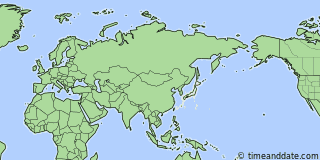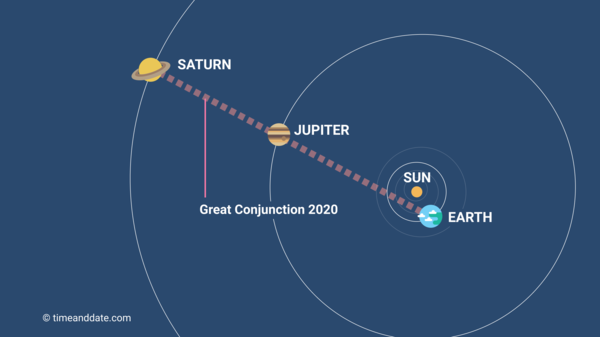Jan 2025: See the Planets at Their Best
Venus is at its farthest distance from the Sun in the evening sky; Mars won’t be this bright again until February 2027; Venus and Saturn have a close approach on January 18. Read more about the planets this month.
Our Interactive Night Sky Map simulates the sky above Tokyo. The Moon and planets have been enlarged slightly for clarity. On mobile devices, tap to steer the map by pointing your device at the sky. Need some help?
Permalink Notice: Night Sky for Tokyo, Japan
Currently showing previous night. For planet visibility in the coming night, please check again after 12 noon.
Tonight's Sky in Tokyo, 1月7日 (火) – 2025年1月8日 (水)
Mercury rise and set in Tokyo
Fairly close to the Sun. Visible only before sunrise and/or after sunset.
Mercury is just 19 degrees from the Sun in the sky, so it is difficult to see.
1月8日 (水) ↑5時35分
Time:
Altitude: °
Direction: °
Venus rise and set in Tokyo
View after sunset.
Venus can best be seen in the hours just after sunset. Visibility improves as the sunlight fades. Venus is visible by day, but may be hard to find.
1月7日 (火) ↓20時30分
Time:
Altitude: °
Direction: °
Mars rise and set in Tokyo
Up most of the night.
Mars is roughly in the opposite direction of the Sun, so it is visible during most of the night.
1月7日 (火) ↑17時24分
Time:
Altitude: °
Direction: °
Jupiter rise and set in Tokyo
After sunset and most of the night.
Jupiter is visible during most of the night, but it is best viewed in the late evening hours after sunset.
1月8日 (水) ↓4時25分
Time:
Altitude: °
Direction: °
Saturn rise and set in Tokyo
View after sunset.
Saturn can best be seen in the hours just after sunset. Visibility improves as the sunlight fades.
1月7日 (火) ↓21時20分
Time:
Altitude: °
Direction: °
Uranus rise and set in Tokyo
View after sunset. Bring binoculars.
Uranus can be seen for more than 10 hours after sunset and during the late evening/early night. You may need binoculars.
1月8日 (水) ↓2時54分
Time:
Altitude: °
Direction: °
Neptune rise and set in Tokyo
View after sunset. Use binoculars.
Neptune can best be seen in the hours just after sunset. Visibility improves as the sunlight fades. Very faint, use binoculars.
1月7日 (火) ↓22時20分
Time:
Altitude: °
Direction: °
Planets Visible in Tokyo
| Planetrise/Planetset, 2025年1月8日水曜日 | ||||
|---|---|---|---|---|
| Planet | Rise | Set | Meridian | Comment |
| Mercury | 水曜日 5時35分 | 水曜日 15時18分 | 水曜日 10時27分 | Slightly difficult to see |
| Venus | 火曜日 9時28分 | 火曜日 20時30分 | 火曜日 14時59分 | Great visibility |
| Mars | 火曜日 17時24分 | 水曜日 7時59分 | 水曜日 0時42分 | Perfect visibility |
| Jupiter | 火曜日 14時08分 | 水曜日 4時25分 | 火曜日 21時16分 | Perfect visibility |
| Saturn | 火曜日 10時01分 | 火曜日 21時20分 | 火曜日 15時40分 | Average visibility |
| Uranus | 火曜日 12時59分 | 水曜日 2時54分 | 火曜日 19時56分 | Average visibility |
| Neptune | 火曜日 10時29分 | 火曜日 22時20分 | 火曜日 16時25分 | Very difficult to see |













